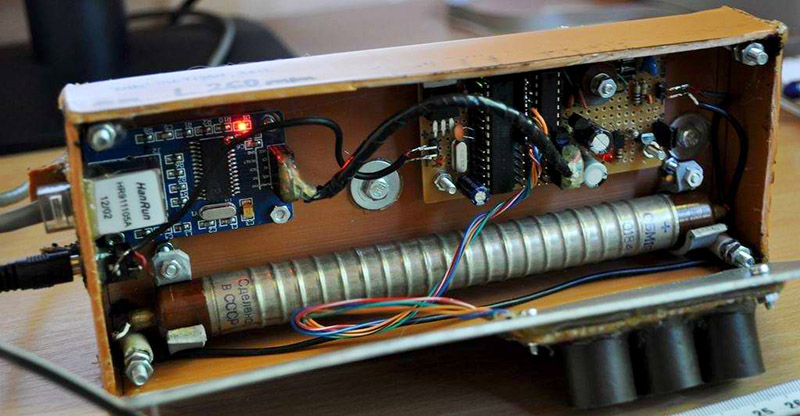uRADMonitor is one of the biggest global sensor networks for environmental monitoring, providing real-time data on air quality, radiation, and other parameters. While most of the units in the network are made by us and typically come with a predefined unique Device ID, assigned at manufacture time, the network allows open hardware and custom sensors to […]
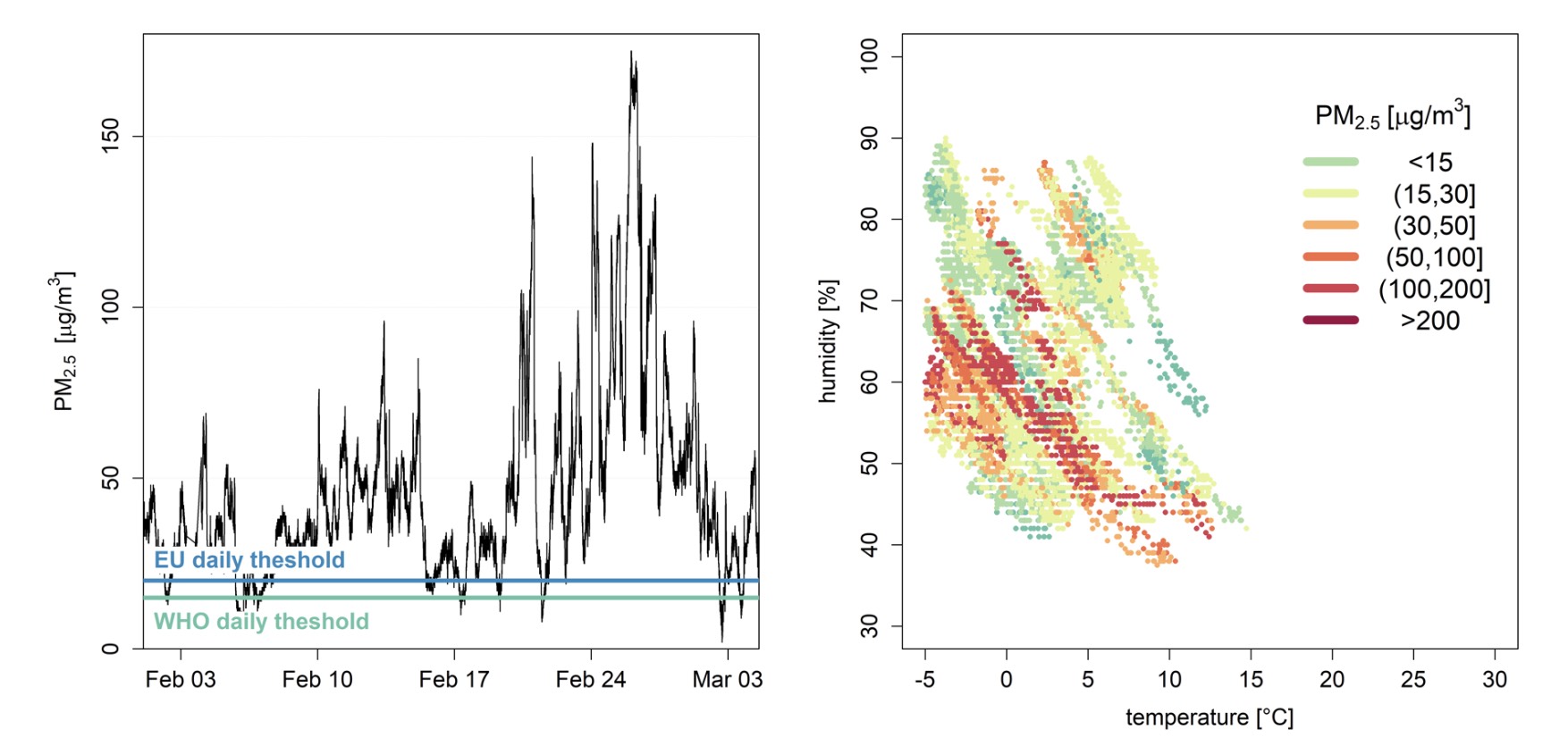
Air quality research based on uRADMonitor® data using R
I am a researcher working on topics related to aerosol composition and dynamics, in particular the measurement and analysis of PM2.5 and PM10 in urban environments. In my work I have been using data from uRADMonitor devices to obtain a better understanding of air quality in Romanian cities. Low-cost sensors vs. reference grade equipment Low-cost […]
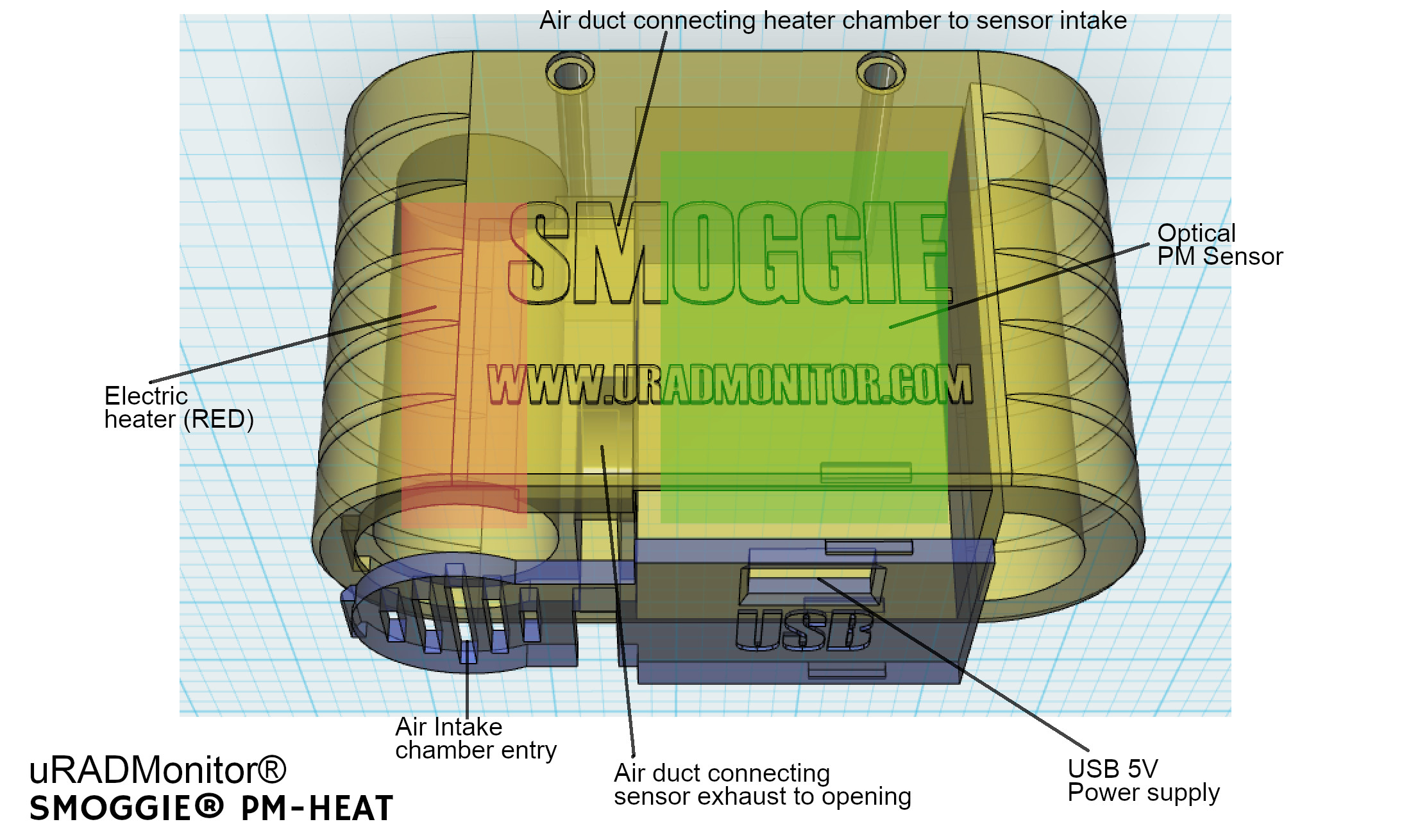
Low cost mechanism to improve Particulate Matter Optical Sensor response in high humidity
Advances in optical particulate matter sensors have opened the door for the existence of air quality monitoring networks using low cost sensors. The reduced cost allowed the spread of thousands of IOT automatic sensors, offering an unprecedented spatial resolution, the so called “hyperlocal air quality monitoring”. While signifiant technical advances have been made to offer […]
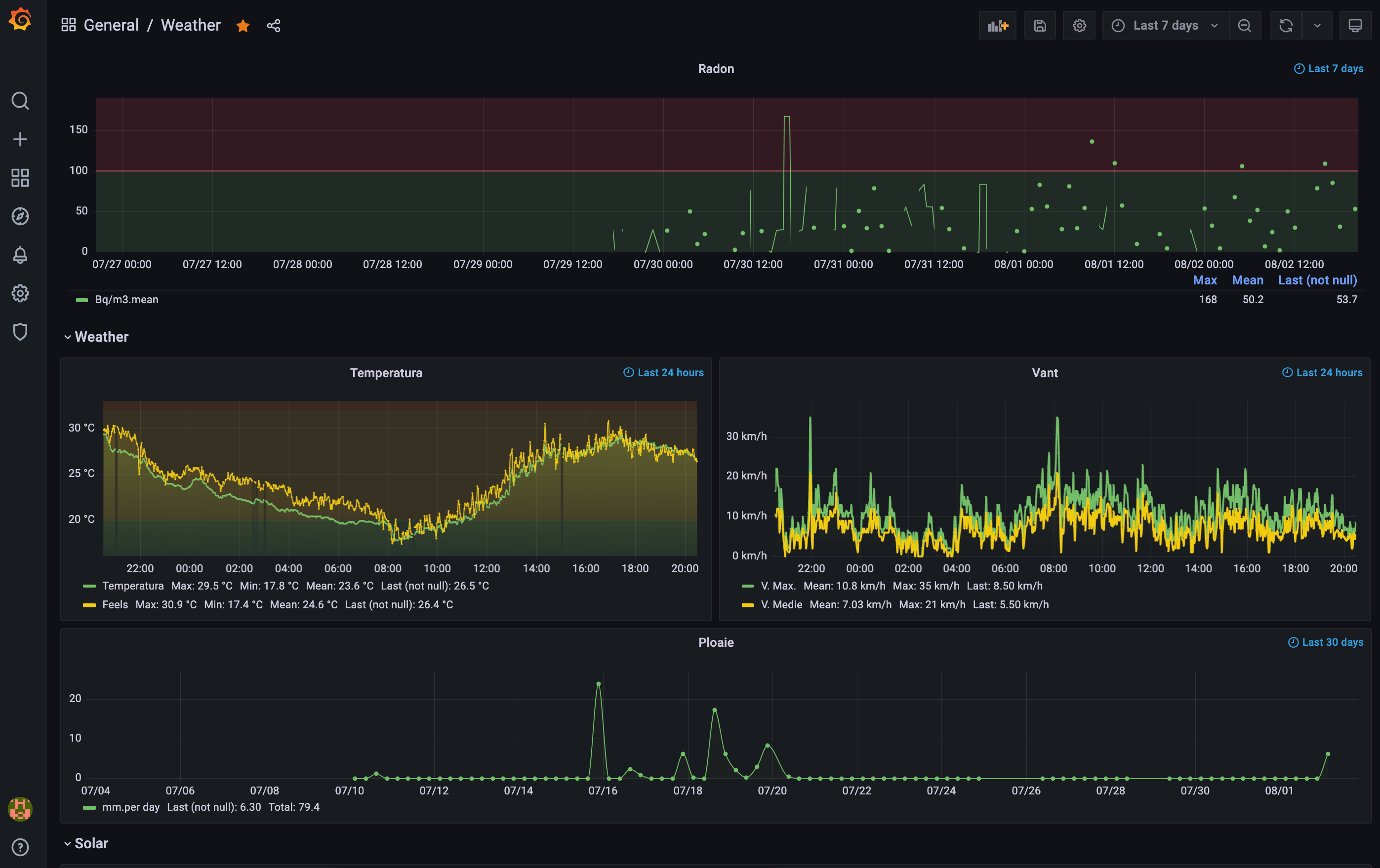
uRADMonitor & Home Assistant – A match made in Heaven ❤️
This is a guest post written by a long time user of the excellent uRADMonitor devices that has recently retrofitted his house with the awesome Home Assistant brains. This article assumes you have a basic knowledge of Home Assistant and how to use it’s config file config.yaml. uRADMonitor Radon is a newly launched product, that […]
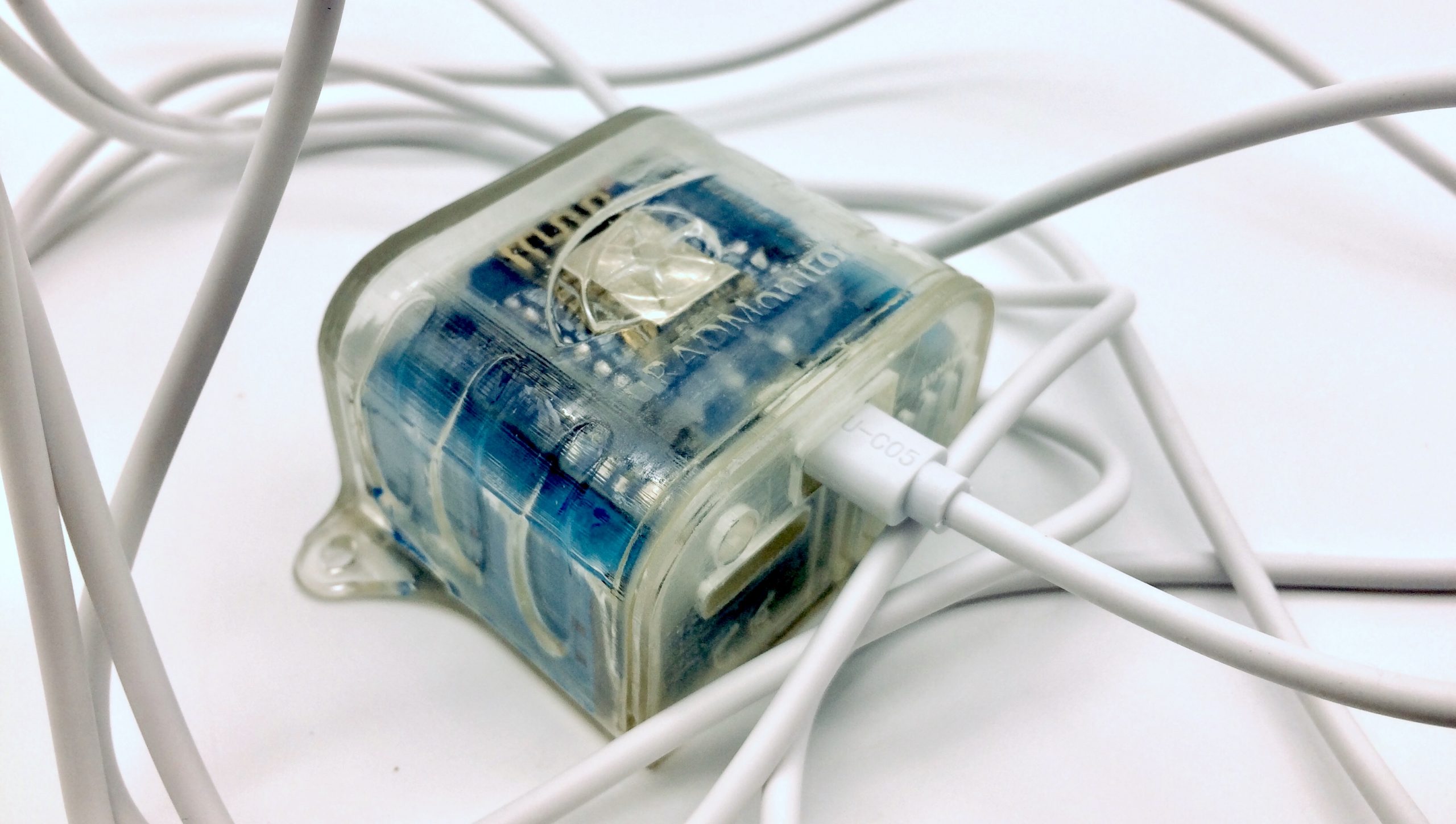
Another Smoggie Firmware guide (MacOS)
This Guide is written for MacOS users, however, there is a dedicated Firmware Update Guide for other platforms. What do we need?1. Smoggie hardware. (Smoggie-PM, Smoggie-CO2, and Smoggie-Gas)2. The provided USB cable (or any usb cable that also has data transfer capability).3. The new firmware. For this contact support (send the model and the serial number printed on the device or […]
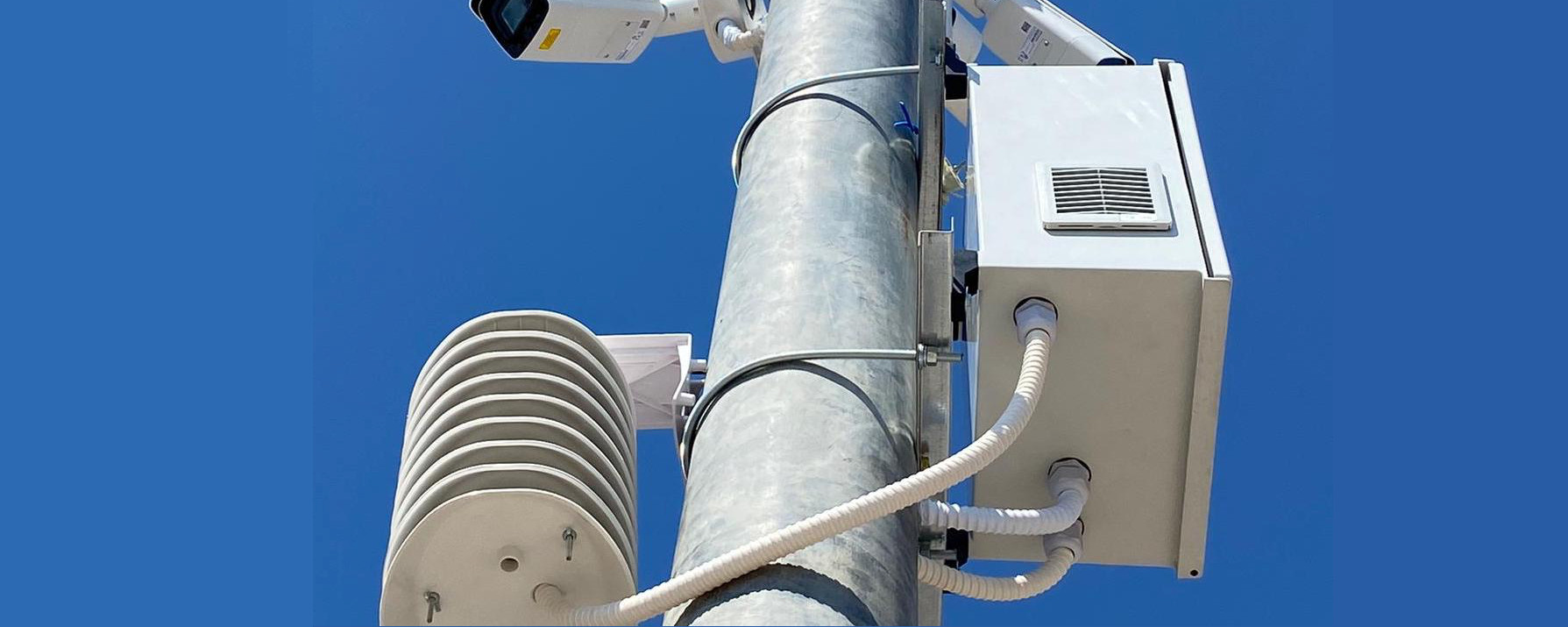
Installing the “model A3” outdoors
The model A3 is a multi-sensor air quality monitor that tracks environmental parameters relevant both to outdoor and indoor use. For example temperature + pressure + humidity + CO2 + Formaldehyde + VOCs are important when discussing air quality in our homes, while temperature + pressure + humidity + ozone + Particulate Matter PM1/PM2.5/PM10 + […]
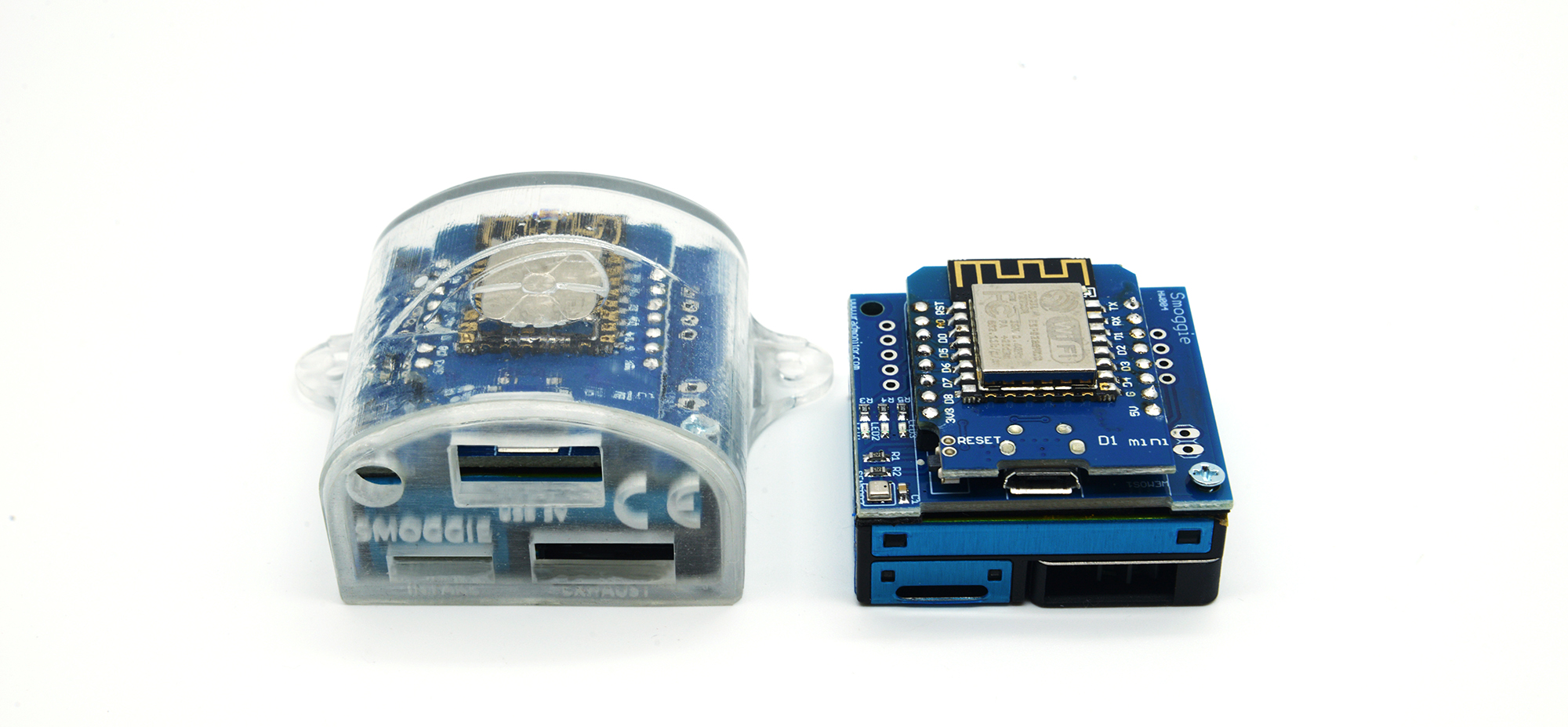
The 4th uRADMonitor SMOGGIE
From day one, uRADMonitor aimed to give people open, comparable and uniform environmental data across large areas. Some time with this project and it became evident that spreading the network uniformly across the world is going to be a challenge. This was mainly due to economic differences of the various countries in the world. Simply […]
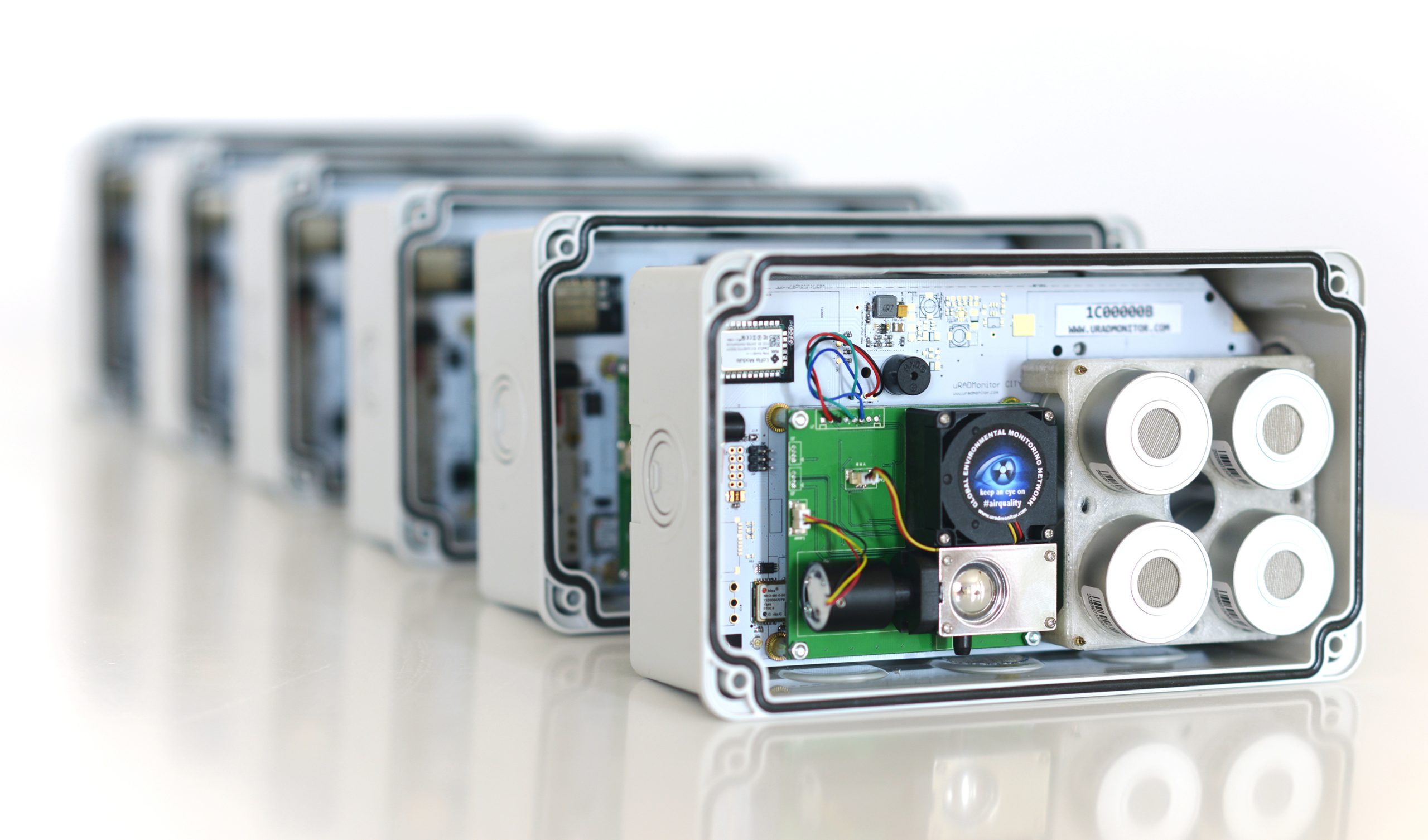
uRADMonitor CITY
The “CITY” is our professional range Air Quality Monitor, released in 2020. It is equipped with the best: 1PPB resolution sensors for 4 gases built in (Ozone, Nitrogen Dioxide, Sulphur Dioxide and Carbon Monoxide), plenty of connectivity options for data upload including Ethernet, WIFI, GSM/GPRS, LoRaWAN (EU868, US915, IL915, AU915, AS923, IN865, etc), NB-IOT, LTE-M […]
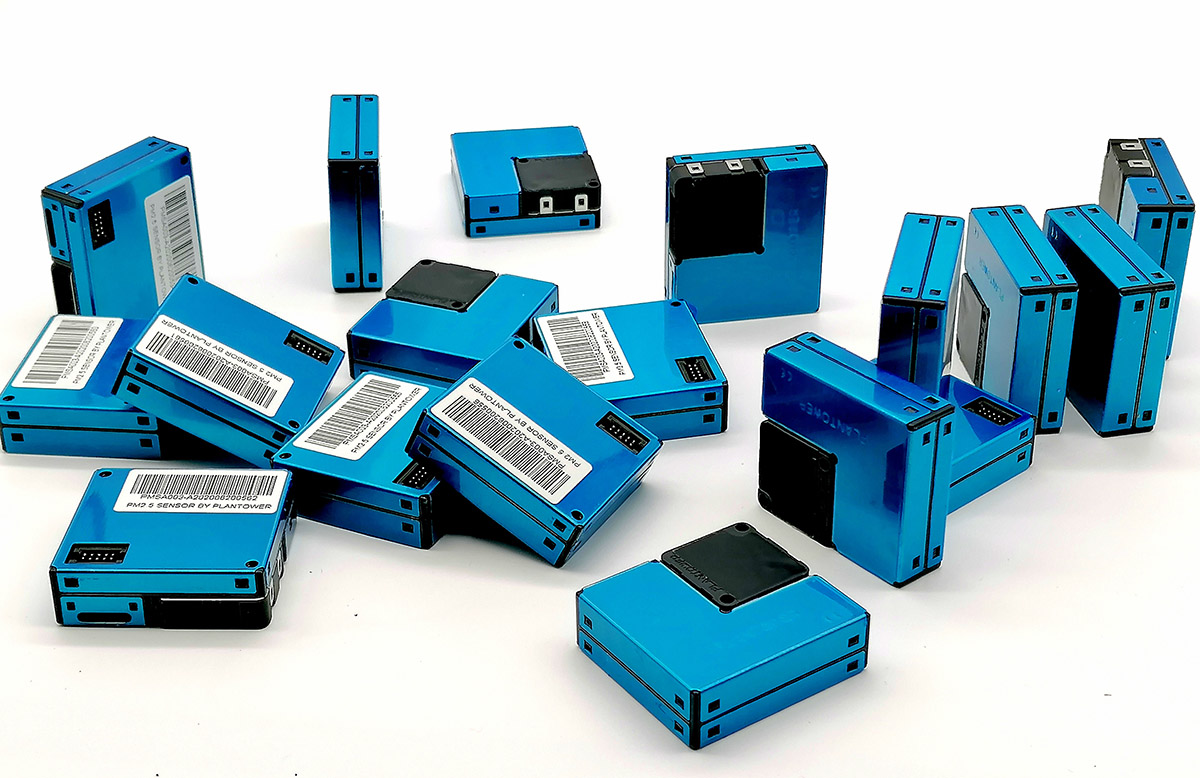
Compact PM sensors: Plantower PMSA003
The PMSA003 is one of the smallest laser scattering particulate matter sensors available on the market today. The manufacturer, Plantower, has built a reputation with their robust sensors widely used in applications worldwide. Various labs tested their performance against reference stations and came to positive conclusions in regards to the accuracy of these sensors. Some […]
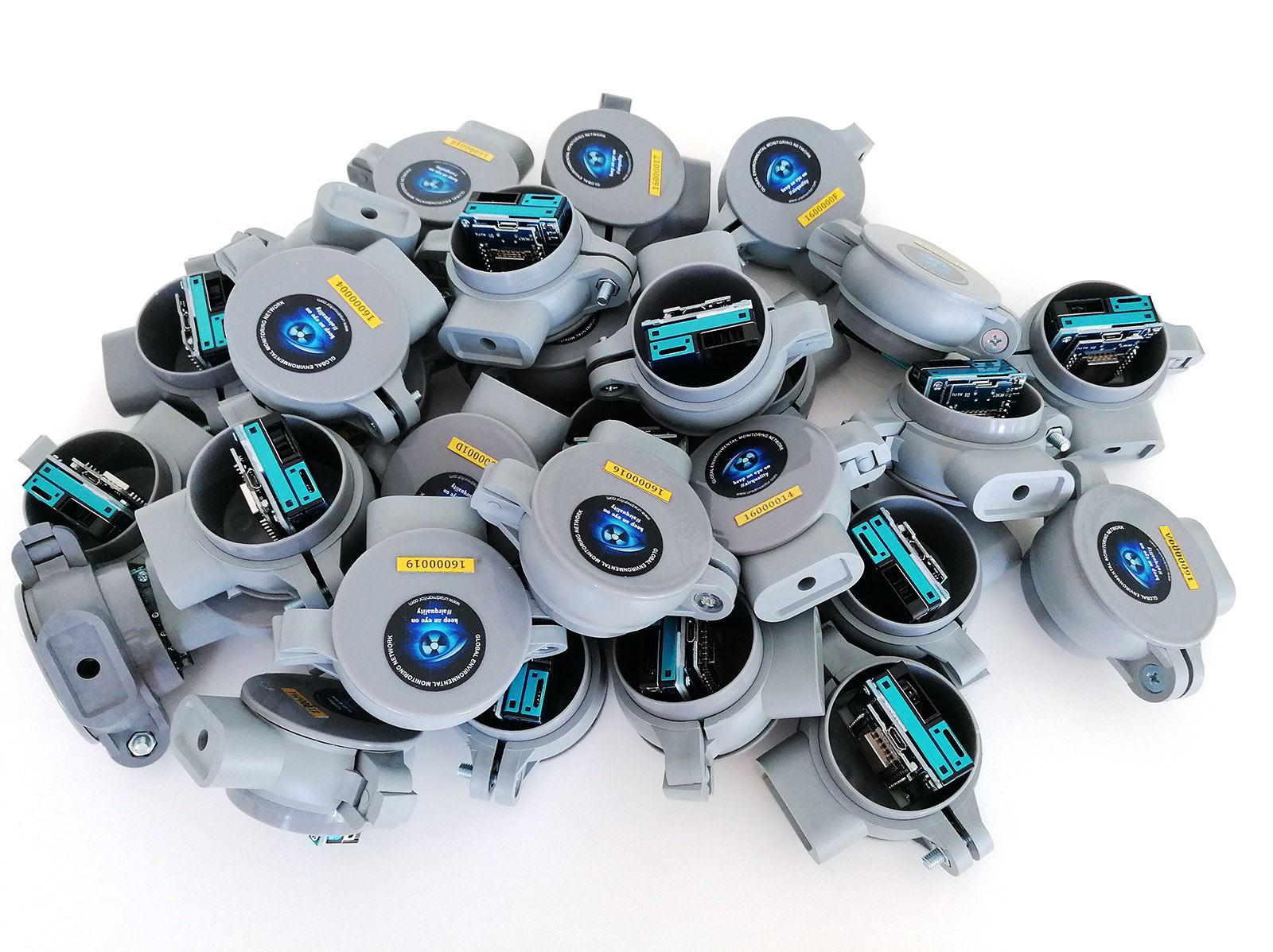
uRADMonitor SMOGGIE
The uRADMonitor network reached 1k units worldwide back in September 2018 during the ASIC conference in Oakland US. It was becoming clear that Air Quality monitoring is a major concern with various implementations happening thanks to recent advancements in sensors and IOT technologies. Our portfolio of products already covered multiple scenarios both in terms of […]
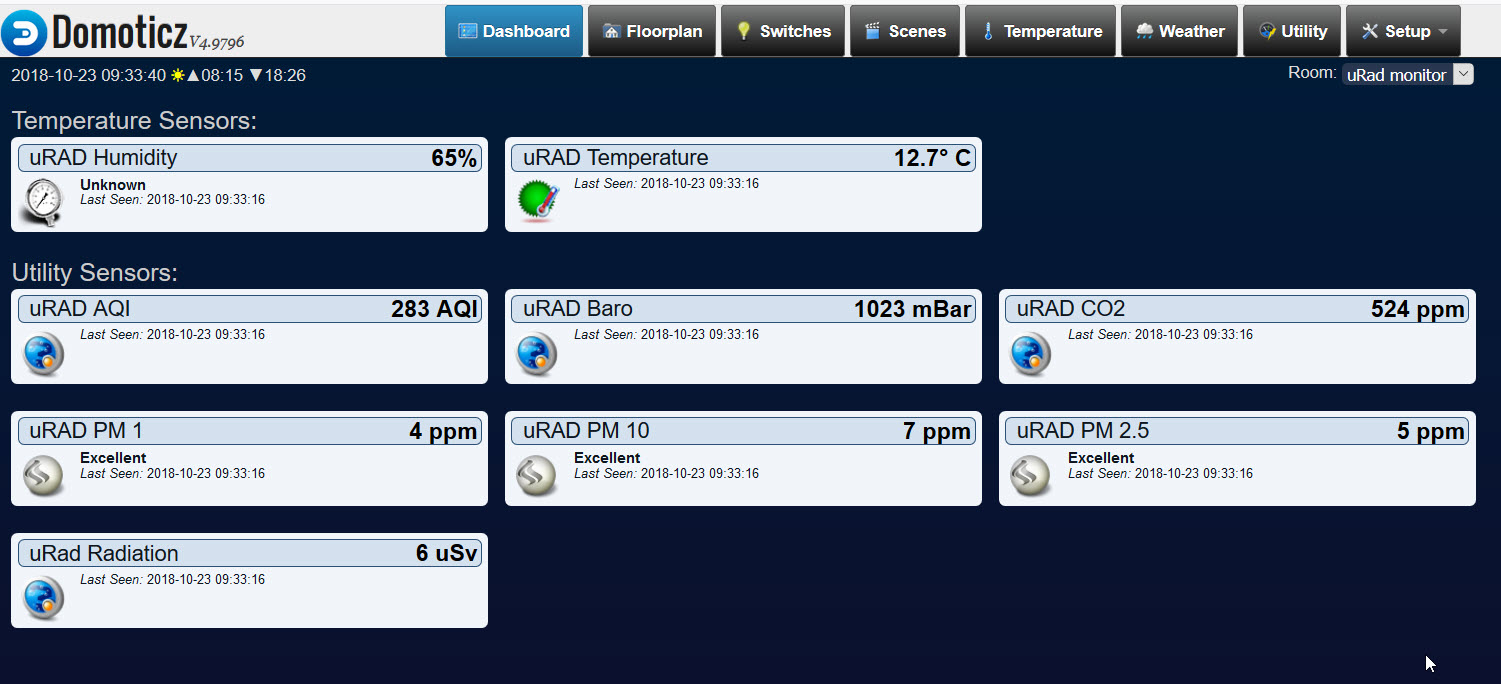
uRad metrics in home automation with Domoticz
Radu Motisan has a dream to give the world a view on what is happening in your surrounding environment and how this could influence your health. In my own professional life, I’m involved as a consultant in IOT data gathering and processing and I design and deploy solutions for organizations with whom I share that mutual interest: […]
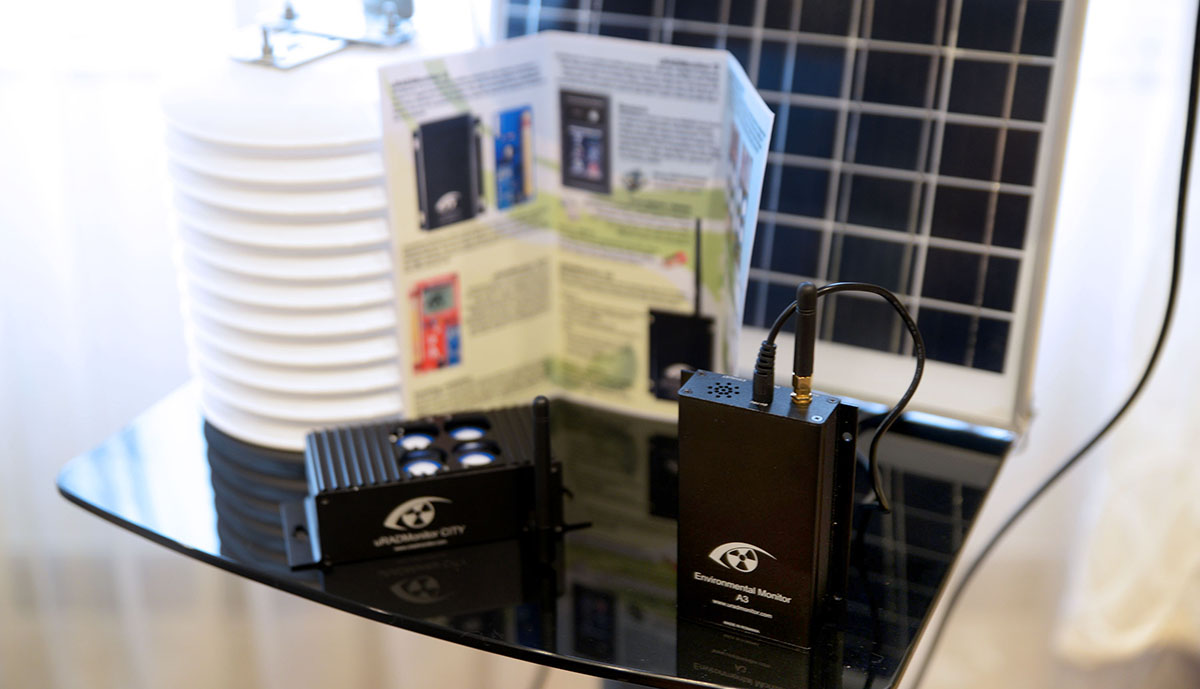
uRADMonitor A3 with GSM connectivity
While a relatively new design, the uRADMonitor A3 accounts for a quarter of the total uRADMonitor network already. Introduced in 2016, it was supported by Orange in several SmartCity implementations. With an impressive number of sensors, the A3 produces highly relevant data to describe air quality in the place where it is installed. There are […]
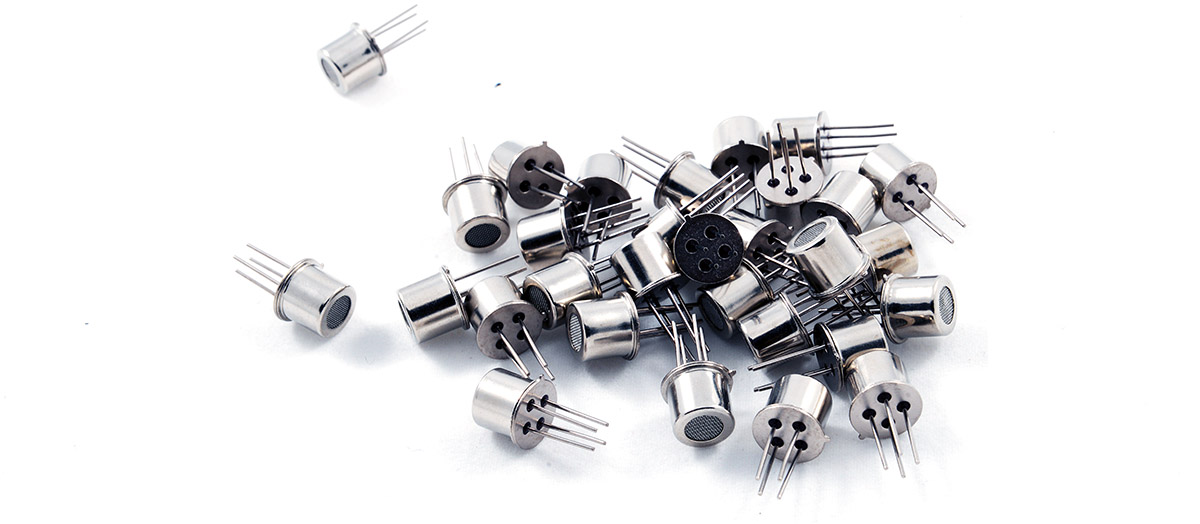
Metal Oxide VOC Sensors
VOC sensors are nothing new to this project, we’ve used them intensively in the uRADMonitor hardware units. Back in 2015, the Bosch BME680 was integrated into the uRADMonitor model D, followed by the model A3 using the same excellent sensor. Now the uRADMonitor AIR, our first wearable, relies on the BME680 again for a low […]
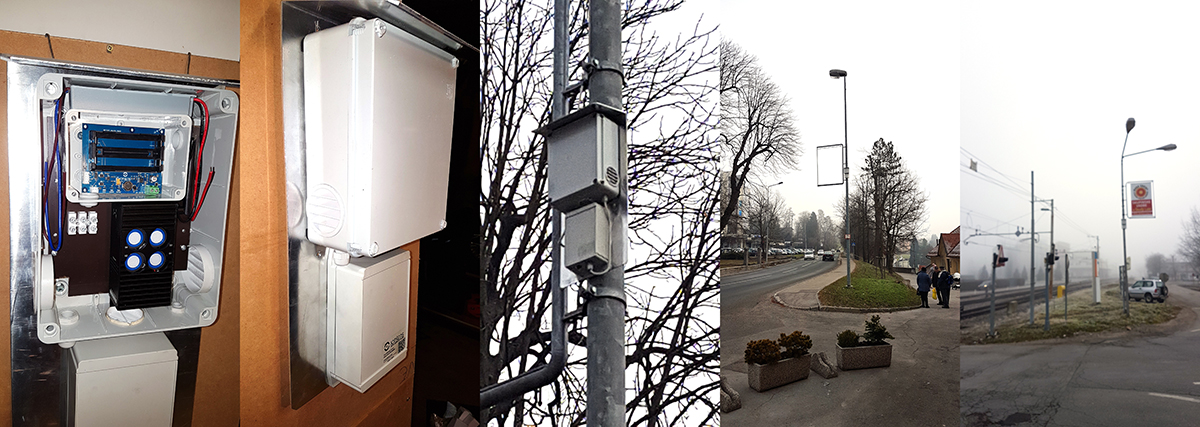
SmartCity Implementation in Slovenia
Our uRADMonitor INDUSTRIAL was selected for a Pilot smartcity implementation in Kranj, Slovenia, to complement with Air Quality Monitoring the smart lighting solution implemented by EcoSunLights. Five units with LoRaWAN connectivity where deployed, each in a protective rainproof enclosure with side air vents and a top metallic sun shield: The enclosure holds the uRADMonitor INDUSTRIAL […]
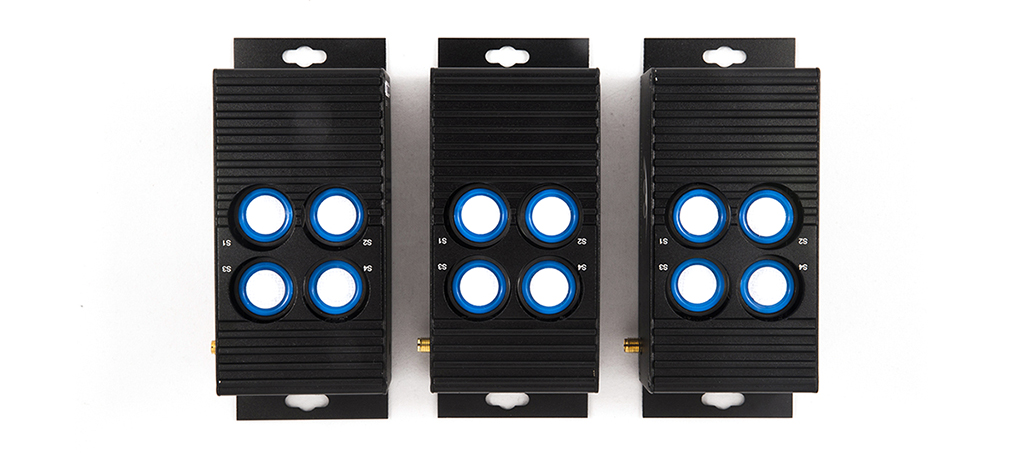
uRADMonitor INDUSTRIAL
uRADMonitor INDUSTRIAL is the fifth uRADMonitor hardware product designed in 2017 for IOT Air Quality Monitoring with applications in smart homes, smart cities and industry. It is a general purpose, high performance Air Quality detector for Particulate Matter (PM2.5 and PM10), Carbon Monoxide (CO), Ozone (O3), Sulphur Dioxide (SO2) and Nitrogen Dioxide (NO2). The sensor […]
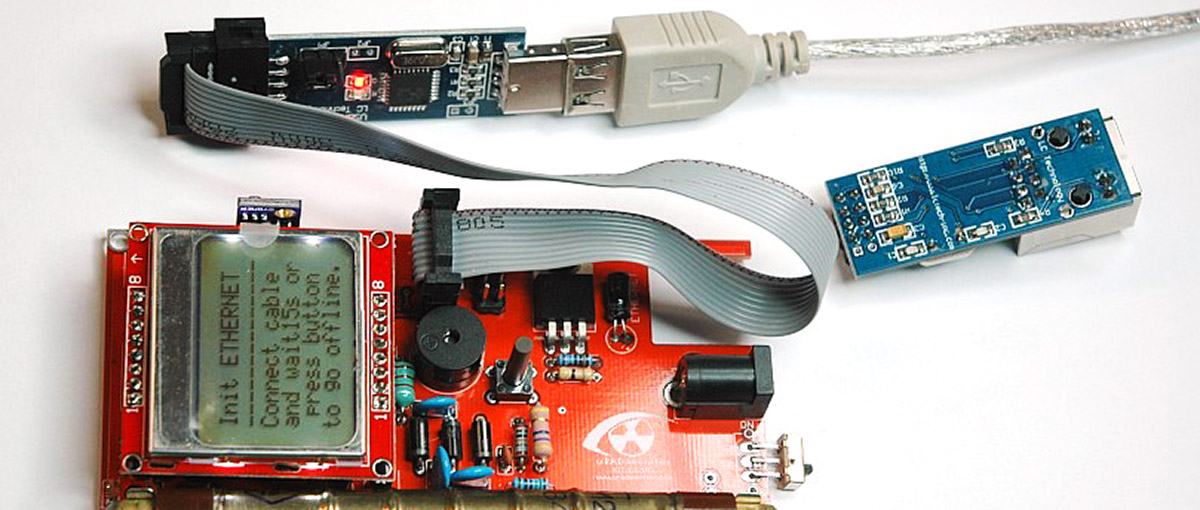
A tutorial: How to compile KIT1 firmware on a Windows machine
This tutorial shows how you can compile and flash the KIT1 firmware on Windows (at least Windows 2000) without going through all the hassle of installing and using Cygwin and Eclipse. As an additional problem, there are several incompatible “make” implementations for Windows, so I decided to avoid “make” too. The AVR8 GNU toolchain does […]
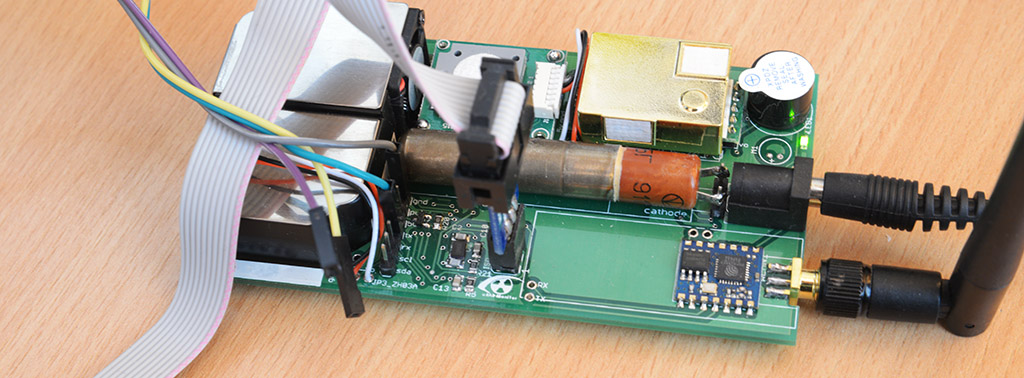
Firmware upgrade for the A3 with Wifi
The uRADMonitor model A, the KIT1 and the model A3 with Ethernet have all taken advantage of various scripts and tools developed by the community which allowed direct data access over their LAN connection. You can see a few of these below: uRADMonitor weather station integration Local stats graph with uRADMonitor RRD Tool graphing Include […]
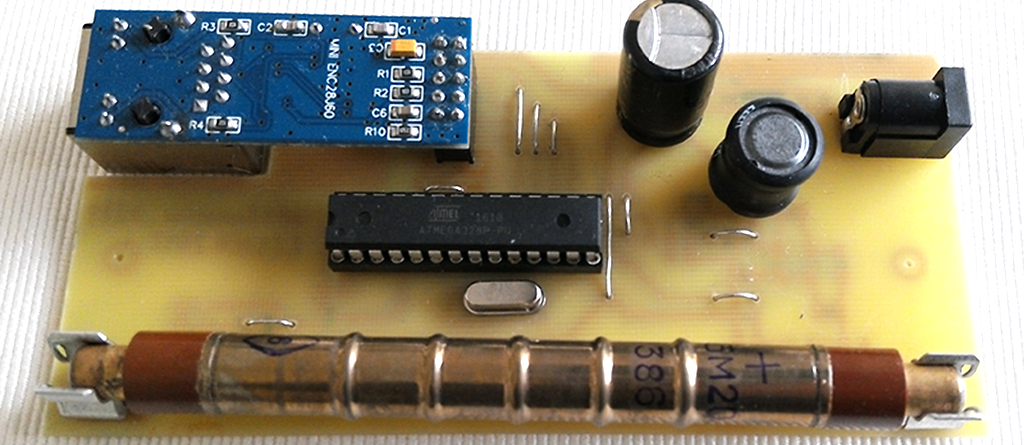
KIT1 screenless variant
Technically this is still a KIT1, and runs KIT1 firmware, but it becomes very similar to a model A unit, as it does everything a model A does. LZ1JER built one for his new weather station based on a Raspberry Pi, which is an impressive construction already: As you can see, this KIT1 variant is […]

Open Source uRADMonitor KIT1
Open Source means collaborative work, joined effort leading to extraordinary things. Recently we saw how a talented maker from Oradea, Romania pushed his KIT1 #uradmonitor unit to the limit! He used a lot of his personal time to build and document something better than the original. In the end he asked for nothing except to […]
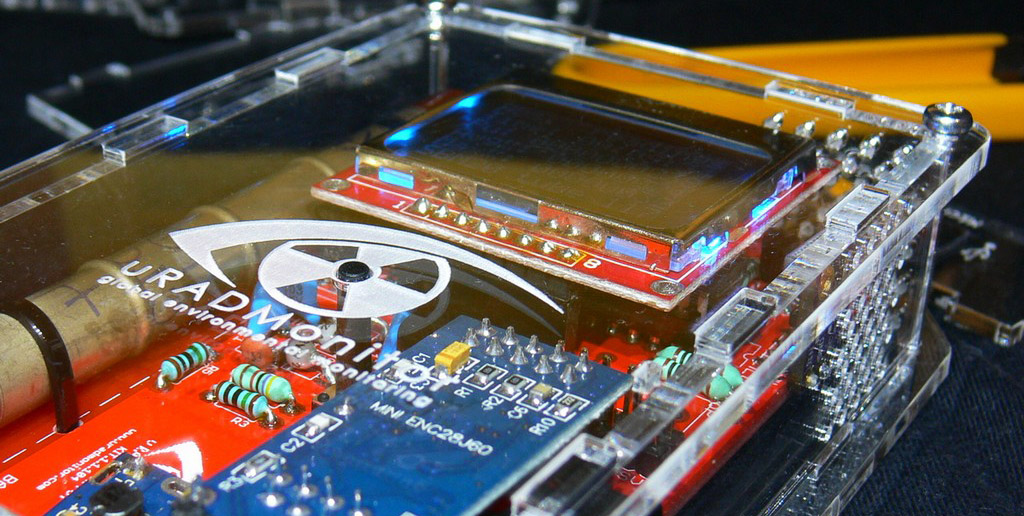
Building the KIT1 with extra features
Last week I’ve assembled a KIT1 and posted some details about it to the forum. radhoo praised the article and asked me to share it on this blog, maybe will be helpful for the readers. So, here is an updated “copy-paste” from the original post. The diy kit is based on the v1.1.104 pcb. It […]
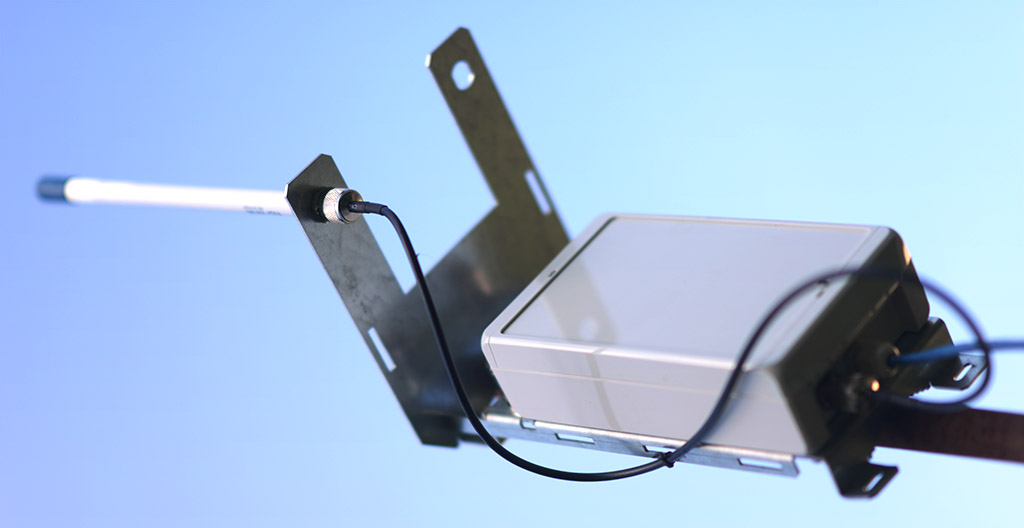
Air Quality Monitoring over LoraWAN
LoRaWAN is a Low Power Wide Area Network specification intended for wireless communication. The standard provides seamless interoperability of connected objects, without the need for complex installations. End devices can communicate wirelessly with a central server via radio gateways that appear as transparent bridges simply relaying the data. Picture 1: LoraWAN system diagram This opens […]
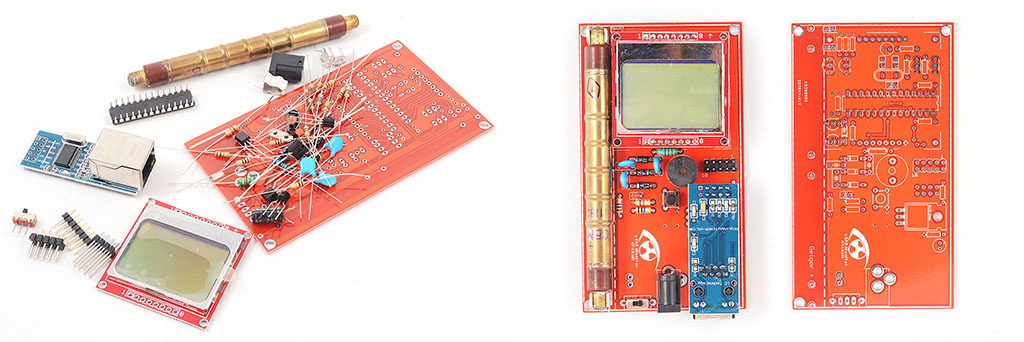
uRADMonitor KIT1.1
The uRADMonitor KIT1.1 is an Open Source Digital Radiation Dosimeter, that can be used both as a portable detector, but also as a monitoring station to upload readings to the uRADMonitor network. It relies on a Geiger tube to detect radiation. This can be build by anyone interested with minimum effort. Construction details are available […]

Weather vs Radiation readings
I’ve been running uRAD unit #12000003 here in Australia for around 12 months now and the only time I’ve really seen a solid increase in readings is during heavy rain which got me thinking, what other weather conditions affect radiation levels? To find out I purchased a cheap weather station off eBay and set about […]
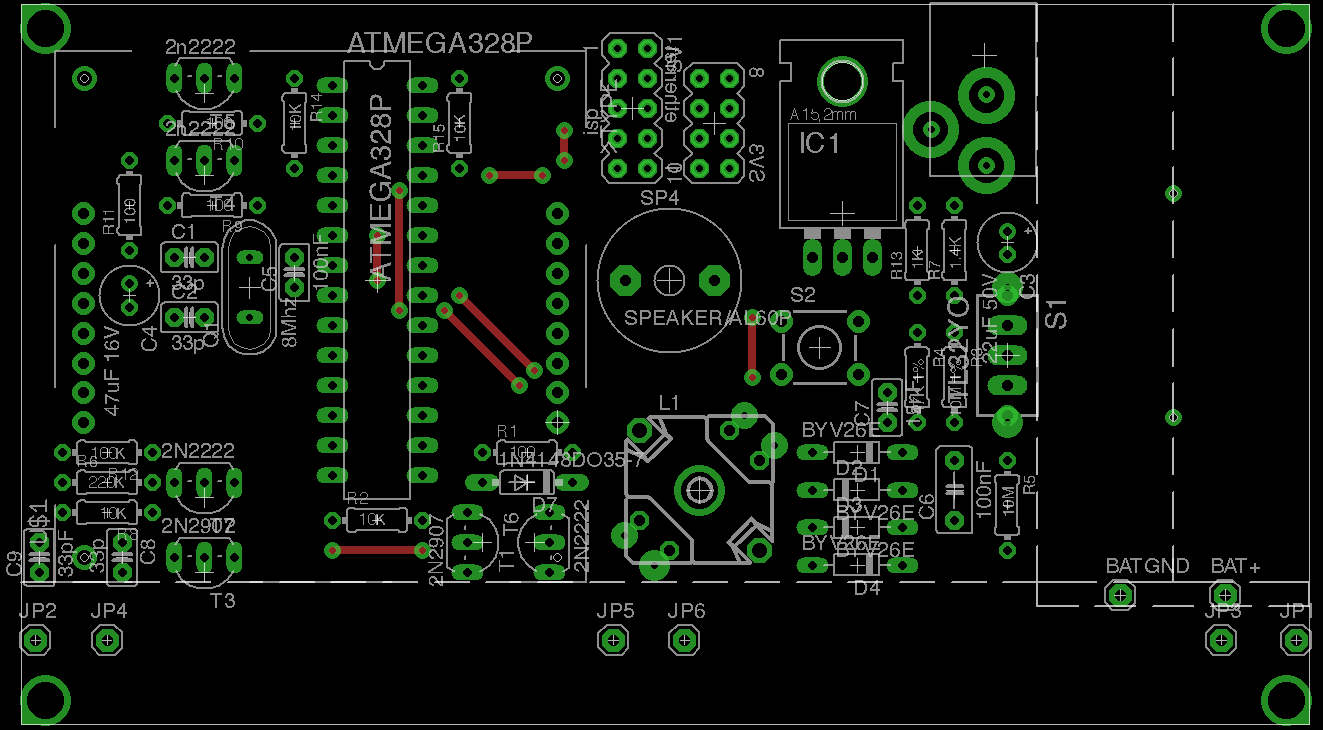
uRADMonitor KIT1
uRADMonitor KIT1 is the first open source DIY dosimeter KIT, that can be used to collect radiation measurements and push them to the uRADMonitor network. Similar to model B that is to be released later this year, the KIT1 is intended for those interested in building their own radiation devices and contribute to the uRADMonitor […]

The Compensation Capacitor
Normally, the Geiger tube delivers a sharp short pulse, with an abrupt descending path, as the quenching gas very quickly neutralises the conductive ions, and so terminating the current flow. The uRADMonitor pulses appear with a slightly rounded tip because an extra capacitor is added in the circuit, named the “compensation capacitor”. All uRADMonitor model […]
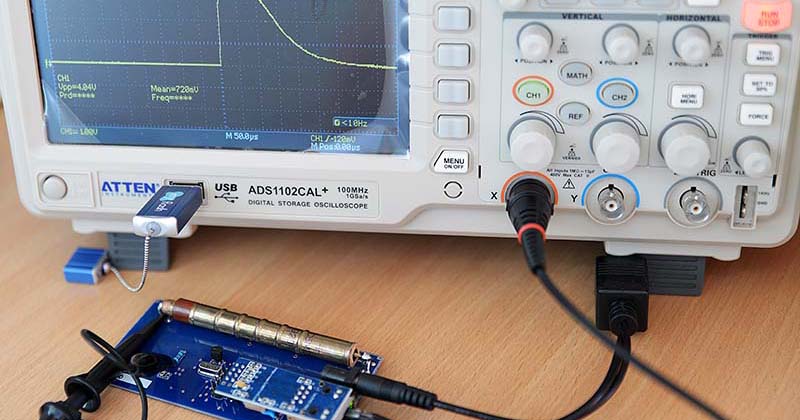
Checking the Geiger tube
The Geiger tubes used in uRADMonitor model A units are mostly the SBM-20 or the SI-29BG, both of Russian provenience, manufactured at military grade specs. Therefore they were meant to resist fluctuations over a wide interval of temperature or pressure. If a tube failure is suspected for a particular uRADMonitor unit, for example when the […]
Howto upgrade your uRADMonitor and graph local statistics
Hi everybody, My first post here to develop my answers in the forum about how to upgrade the firmware and get the local data to create some graphics. The upgrade procedure has been explained by Radhoo in a previous post, but I will add my little grain of salt.
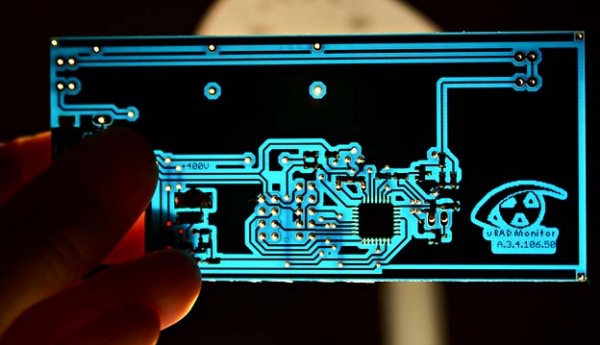
Model A firmware upgrade guide
As a project targeting global coverage, uRADMonitor was designed with all the important features right from the start: the units are plug and play, the network settings are automated via DHCP, the location is estimated automatically based on IP and so turning the unit on is enough to have a new node on the map, […]
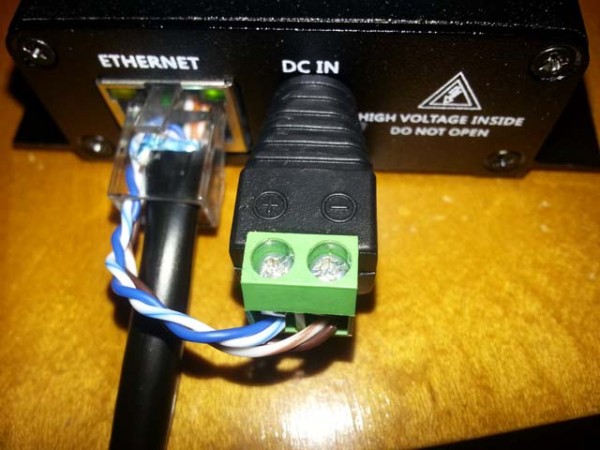
Powering the uRADMonitor via PoE
When I received my URAD Monitor, I was trying to think of the best placement where it would satisfy the requirement to be outdoors but still remain close to a power source. Having worked with PoE WiFi devices before, I contacted Radu to mention a PoE solution I was considering. Since I was able to […]
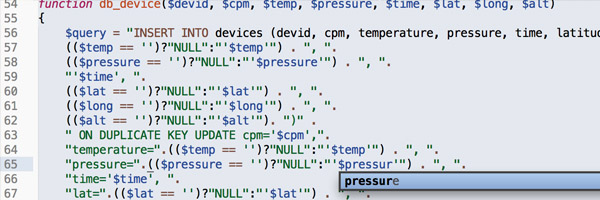
Server software improvements
The uRADMonitor project has a complex architecture, involving both hardware and software. The software level also has two separate components, one is the client firmware – the software running on the dosimeter’s microcontroller, and the other is the software running on the server. The last posts have shown a lot of progress on the hardware […]
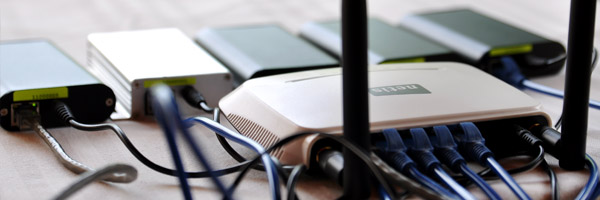
Wireless / WiFi Connectivity Guide
Due to popular demand, but also because wireless is better than installing wires, especially for some remote locations (and that’s where we usually need uRADMonitor installed), here’s a quick guide on connecting the uRADMonitor model A to the wireless network. Yes, uRADMonitor can be connected wirelessly to your home WLAN with the method presented in […]
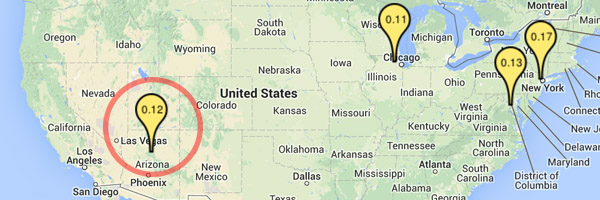
First unit in Arizona, USA
It’s time for the West side of the US to be featured here with the first uRADMonitor unit joining in from Arizona. Live data can be seen here. Here is a quick comparison on its current measurements, and the initial ones before sending the unit: At its new location in Arizona, the unit shows a […]
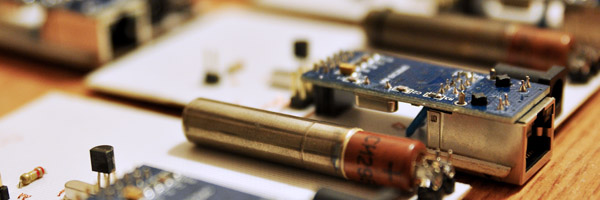
Building the uRADMonitor
It’s been a long road getting here, a road paved with constant innovation. And it’s a longer road ahead. The first uRADMonitor was a crude prototype, with jumping wires on a test board, it got its own PCB soon. The following models were a new design, more compact using the smaller SBM-20 and SI-29BG tubes, […]
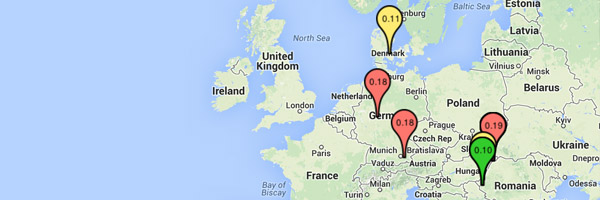
Map updated with coloured pinpoints
One of uRADMonitor’s major components – the server side – is responsible for receiving data from the distributed hardware units and pack it in its databases. We are talking about large volumes of data, that are scaled up with each new device entering the network. The server is also handling the web portal, where we […]
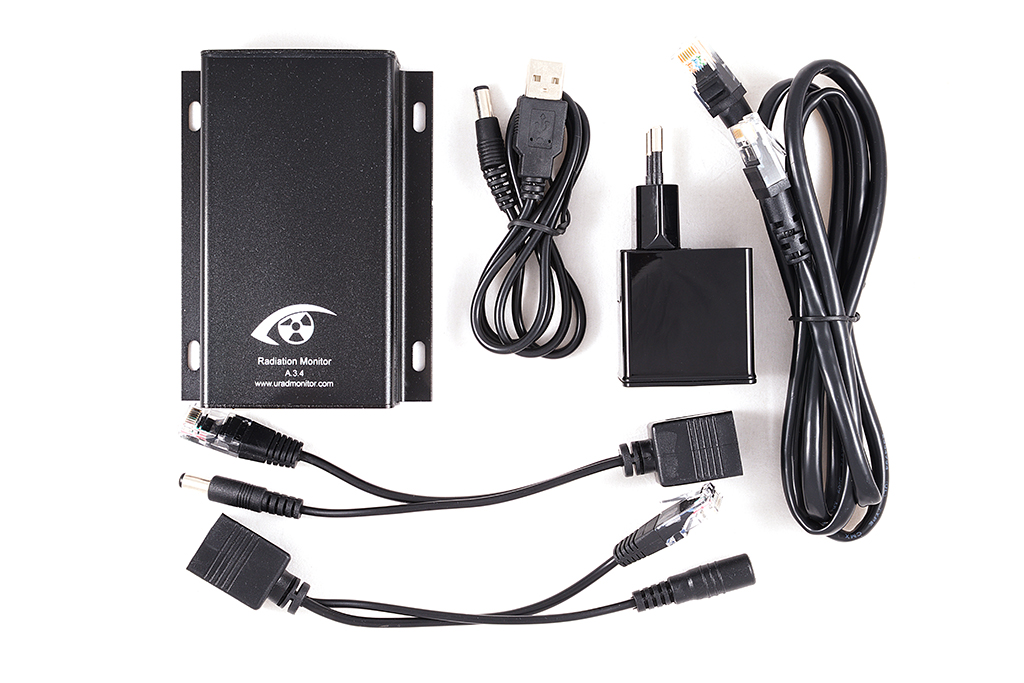
Tips for installing the uRADMonitor unit
The Power supply Each unit comes with Power supply (input 220V/110V EU/US for socket, output 5V and at least 0.5A), power cable (black) and Ethernet cable (1m long). The uRADMonitor device must be powered with a low power 5V supply. An adapter is provided with each uRadMonitor unit. If a longer cable is required, you […]
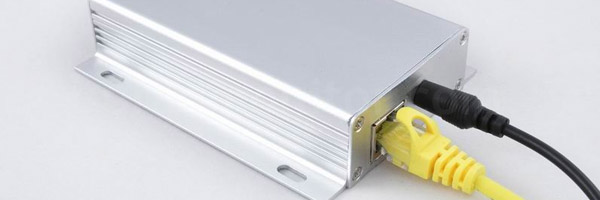
Quick details on uRADMonitor
There were lots of questions by email, on groups or on different channels regarding uRADMonitor. Many people are familiar with Geiger Counters, radiation and the basics on nuclear physics, but for some, the uRADMonitor remains a tiny black box – intriguing, but totally unknown. To answer some of these questions, here are a few more […]
